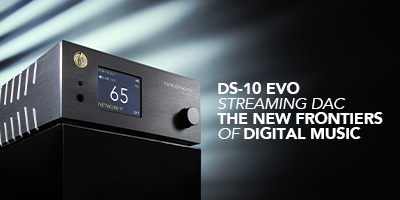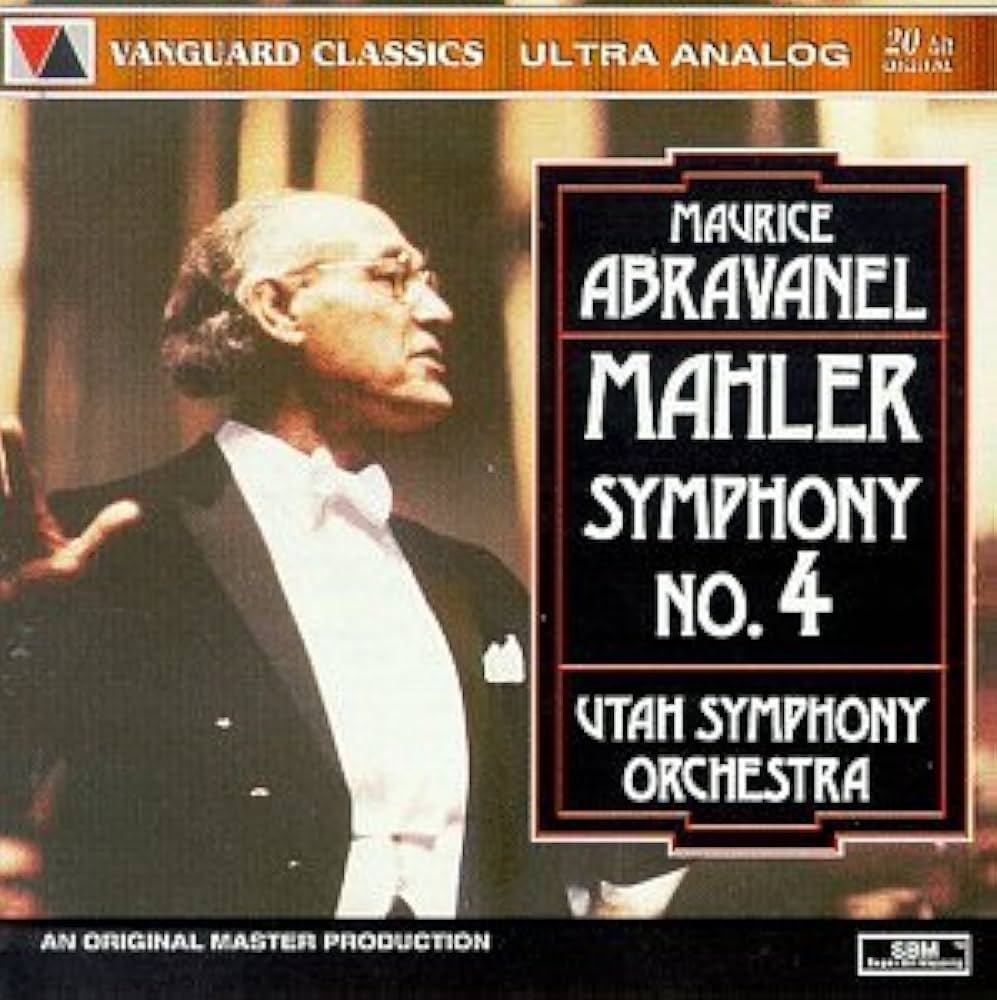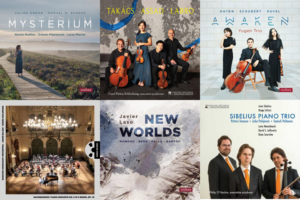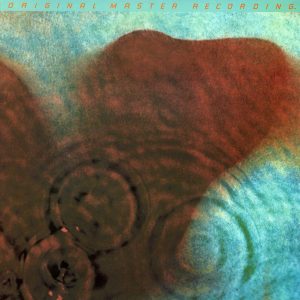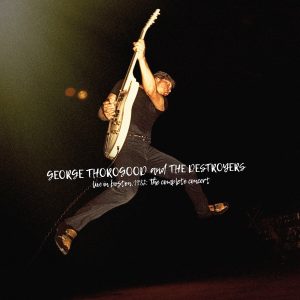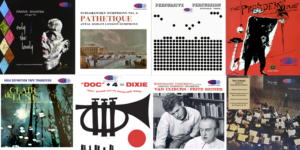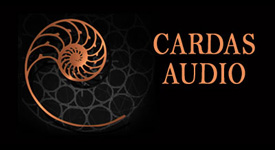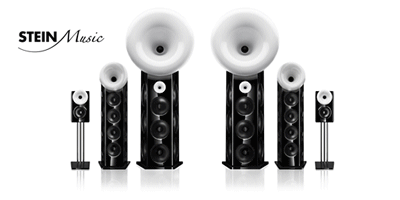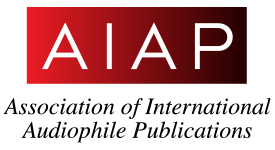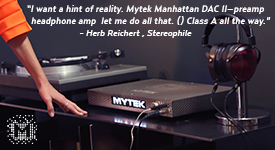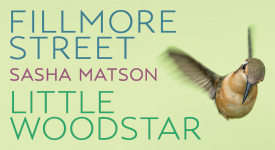The Jo Stafford Collection. Jo Stafford, vocals, with various orchestras (unidentified) and assisting artists. HMV Easy 7243 5 29450 2 3 (monaural, recordings 1943-63)
Decades ago, my parents regularly listened to a Saturday afternoon radio show on which host Jonathan Schwartz programmed Frank Sinatra and other performers of the Great American Songbook. Once, when I was visiting them, a female singer came on; my father told me it was Jo Stafford, and she had a nice voice, but after she finished, you didn't remember it. (Parts of that are direct quotes, but not enough that I'm comfortable "quoting" it.)
Listening to Ms. Stafford "for real" after all these years was a revelation in both directions. Her even, honeyed alto moves through the songs easily, without any sense of strain or of "pushing": she keeps her voice within its natural limits. Her manner is easy and accessible—probably why British HMV chose to issue this program, drawn from U.S. Capitol originals, in its easy-listening series—and the sound is always beautiful.
Ms. Stafford and her arrangers' penchant for an easy, laid-back swing is perfect in "Walking My Baby Back Home." It's perhaps more dubiously applied to everything from up-tempos ("On the Sunny Side of the Street") to straight two-beat songs ("The Best Things in Life Are Free") to expansive ballads ("La Vie en Rose"). In the two Judy Garland numbers, "Over the Rainbow" is casually clubbish, with a tricked-up interlude; "The Trolley Song" goes with a nice stride, but a heavily dotted patch of the last chorus briefly goes all Red Hot Mama. "Ragtime Cowboy Joe"—which some of us know from a squarer rendering on "I Love Lucy"—becomes a sprightly patter song. The stylization, while pleasant, ultimately flattens out the emotional affect—one song sounds much like another, and so does the voice. I get what my father meant.
But this isn't quite fair. Just because Ms. Stafford isn't doing anything demonstrative doesn't mean she isn't doing anything. (It's a bit like what commentator Ethan Mordden wrote about opera diva Joan Sutherland: unless you're paying close attention, "you keep missing her when she's on.") She softens the "hard" syncopations of "Just One of Those Things," but brings it her own undercurrent of urgency; so, too, with an alluring "In the Still of the Night." "Georgia on My Mind" is more deeply intense than most of the other songs, even turning sultry in the bridge. "No Other Love"—the Chopin, not the Richard Rodgers—has a lovely warmth, enhanced by judicious back-phrasing. "Scarlet Ribbons" is restrained and subdued, almost a lullaby, though the second bridge threatens to overwhelm it. An unexpected "Red River Valley" benefits from a casual treatment, nostalgic without becoming maudlin.
Additional singers are only billed in "(Play a) Simple Melody," but I noted at least seven other numbers—my handwriting turned sketchy—with backup singers: sometimes a mixed group, sometimes just a male chorus or quartet. Those last are particularly fetching as Ms. Stafford's voice weaves in and out of the four-part men: now on top, now in the middle. (A similar effect inheres in a concert performance of "Georgy Girl "by The Seekers, if you like this sort of thing: it's up on YouTube.)
As always in Golden Age material, it's wonderful to hear a studio orchestra comprising exclusively acoustic instruments—the baleful synthesizer wasn't yet a gleam in anyone's eye. Brass and saxophone chords in close position register vividly in the digital remastering, although the topmost trumpet can have a bit of an edge. (Remember, these records were made at different sessions: it's probably not always the same player.) String sections aren't huge—it's not the Boston Pops—but they make vibrant sounds in the ballads, especially warm in the midrange for "Smoke Gets in Your Eyes." The solo violinist nails the exposed high note at the end of "La Vie en Rose."
I enjoyed this, and will be returning to it both for casual listening and for active enjoyment. If you want a "hard" copy of the disc, Amazon doesn't have it—assuming you're not boycotting them—but a few copies are available on Discogs. Neither Spotify nor Pandora has this precise disc, though each has plenty of Ms. Stafford's other albums: you can probably hunt down the songs and construct a playlist. Good luck!
stevedisque.wordpress.com/blog

